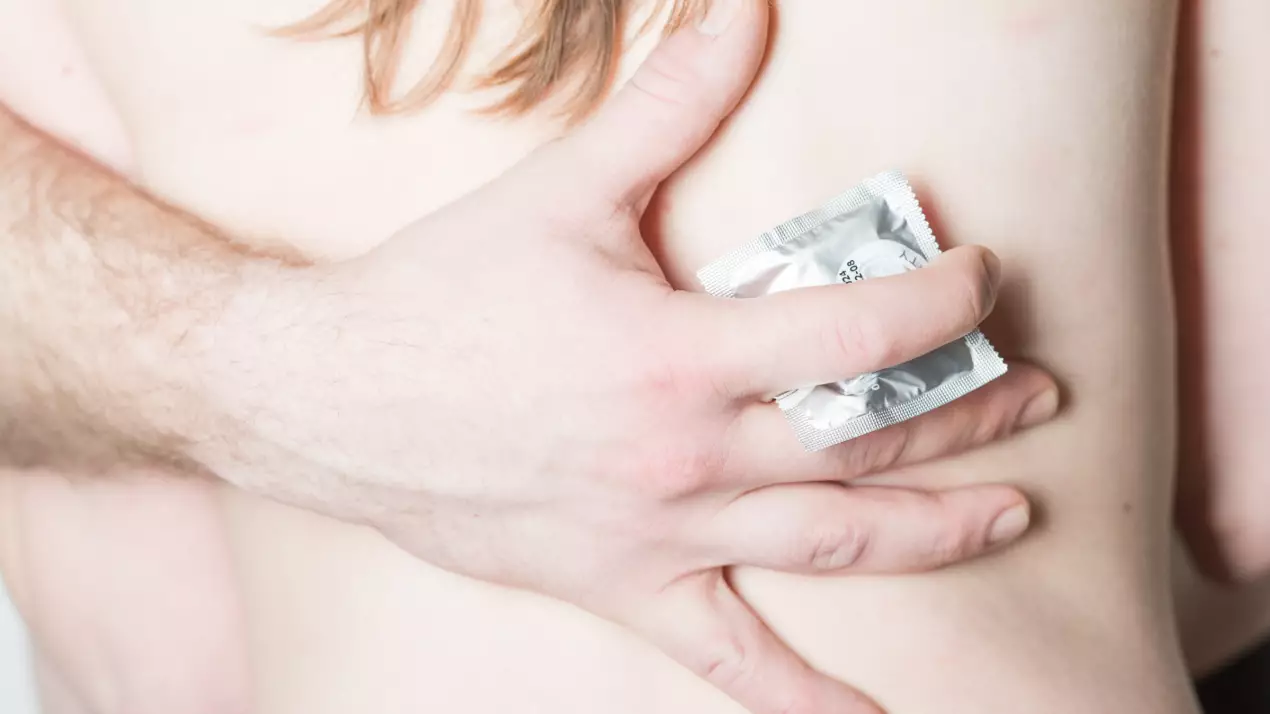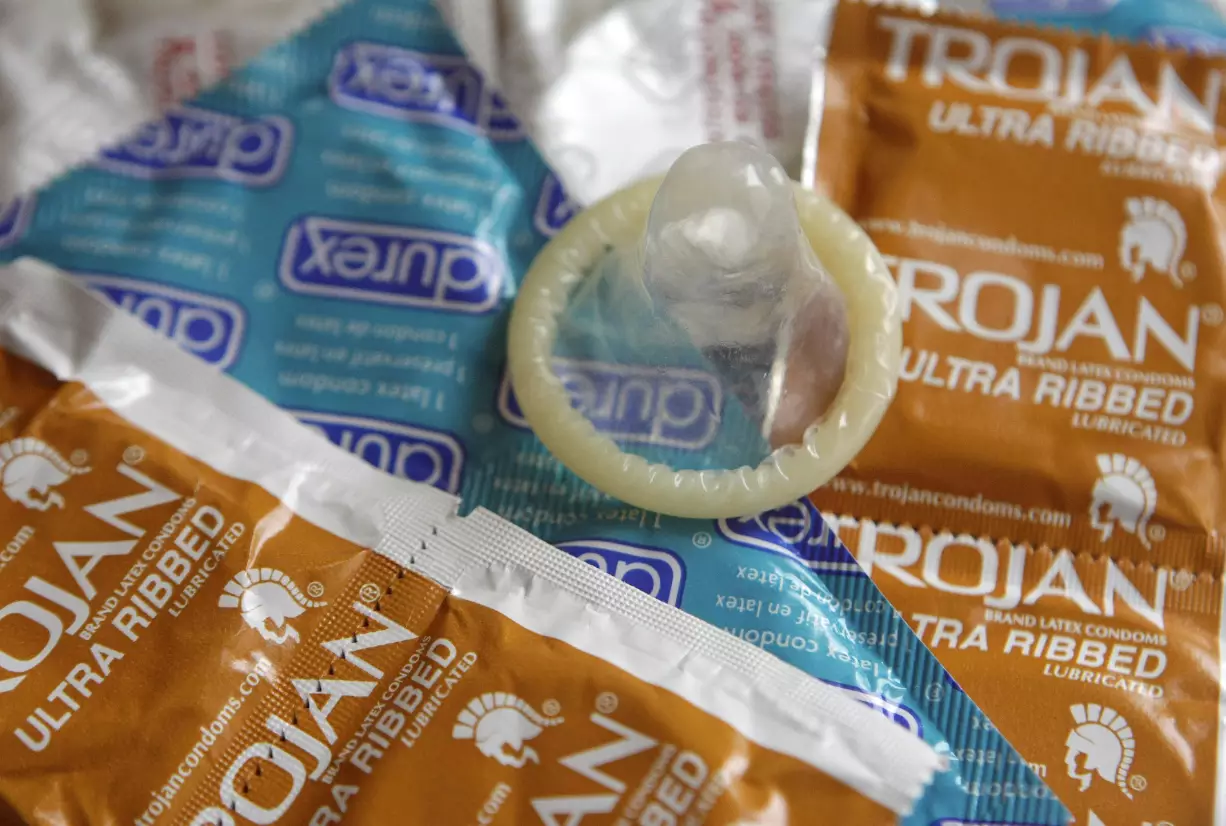
New figures have revealed that there has been a five per cent increase in the diagnosis of new STIs in England since 2017.
The 2018 numbers, which come from a new Public Health England report, show that there were a total of 447,694 cases diagnosed.
Gonorrhoea (which is sometimes colloquially referred to as 'the clap') seems to be the biggest one. With a 26 per cent increase since 2017, there were 56,259 diagnoses of gonorrhoea reported in 2018 - and the largest number of cases since 1978.
Advert
The report explains the increase in gonorrhoea is particularly concerning because of 'the three cases of extensively drug resistant Neisseria gonorrhoeae identified in England in 2018'.

There was also a five per cent increase in syphilis cases, a 13 per cent increase in genital warts and an eight per cent jump in diagnoses of genital herpes, while the 218,095 cases of chlamydia accounted for 49 per cent of all new STI diagnoses.
Dr Gwenda Hughes, head of STI Surveillance at PHE, said: "The rise in sexually transmitted infections is concerning.
Advert
"STIs can pose serious consequences to health - both your own and that of current and future sexual partners.
"No matter what age you are, or what type of relationship you are in, it's important to look after your sexual health.
"If you have sex with a new or casual partner, make sure you use condoms and get regularly tested."
Okay, so that's all well and good - but how do you know if you're one of the not-so-lucky people with an STI?
Advert
Dr Kathryn Basford, Zava UK medical expert and GP, explained it's all about looking out for lumps, bumps and discharge.
She said: "Common symptoms to look out for in women include itching or burning around the genitals, pain when you wee, or any lumps, spots, sores or blisters around your genitals or anus. You may also have pain during sex, unusual vaginal discharge or irregular bleeding.
"Men may also experience irritation, pain or usual discharge from the penis."

Symptoms in men, meanwhile, might include an unusual discharge from the tip of the penis (which may be white, yellow or green), pain or a burning sensation when urinating, inflammation of the foreskin and pain or tenderness in the testicles.
Advert
However it's important to remember that some STIs don't even have any symptoms at all, which is why it's important to get yourself checked out every now and again.
In terms of how to protect yourself from STIs, the answer is pretty blindingly obvious: wrap it up.
Basford continued: "To protect yourself against STIs in the future, always use protection such as condoms or dental dams when you're with a partner - even if they've assured you that they don't have an STI.
"Make sure you and your partner get checked when you're in a long term relationship. Even though neither of you may have symptoms, some STIs are symptomless so you can't know for sure."
Advert
She added: "Don't share needles or sex toys as some STIs can be passed on even if you don't have skin to skin contact with someone else."
Well, it seems sharing isn't always caring after all.
Featured Image Credit: PA